In the Great War the biggest challenge facing operations in the Palestine Theatre of operations was to try and to provide water to the troops and 1916 saw the troops of the Egyptian Expeditionary Force push out into the Sinai Desert with the aim of taking the fight to the Ottomans. However to fight in the desert, one of the essential logistic items is that of water. Without sufficient water the range of operations would always be severely limited.
Therefore there was a need to develop existing wells to increase production and also to create new wells. The Royal Engineers had equipment to create wells but the difficulty was to develop equipment that could be more portable to allow the provision of water as the troops advanced, as well as having the ability to produce water in an appropriate quantity.

A Royal Engineer attached to the ANZAC Mounted Division, in 1916 developed a more portable system of equipment that could be carried by horses and deployed quickly by a Royal Engineer Mounted Troop. The officer was Major Alexander RE.
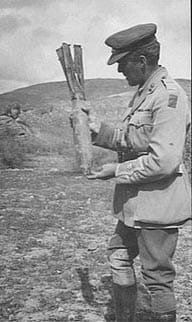
Major Alexander looked at the existing deployable equipment and realised that a large amount of it was transported by Camel, while this allowed it to get out to the remote areas that it was required in, it was too slow and certainly could not keep up with the Mounted Divisions during operations, as such the camel mounted system was better suited for follow on operations. What was needed was a lighter system.
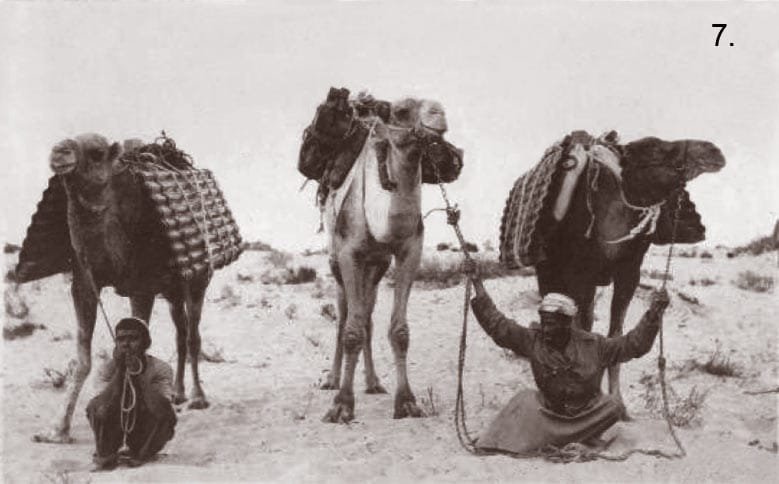
It became clear to Major Alexander that the whole system had to be modified to be fitted on pack horses, this would allow the equipment to be utilised by the RE Field Troops attached to the Mounted Brigades and still keep up with them as they moved.
His system developed what was known as a Spear tip for the driving head of the pipe that would be sunk into the ground – this appears to be very similar to what the Sappers of my era would recognise as the driving head for a Camoflet – the Spear Tip method was already used in rural Australia but by looking at the whole water supply requirement he brought together a full system that would be portable by pack horse/ mule.
The well pipe would be driven in using a drop weight system or if necessary it could be hammered in by Sappers themselves using sledge hammers.


While the lift and force pump was the main pump set used by the Royal Engineer Field Troop and Squadrons they would not be sufficient to raise the quantity of water needed to sustain units in the desert, so he looked at existing pump sets. He found that the Lister and Worthington Pumps were light enough to be carried on pack saddles but also powerful enough to pump water from both the shallow and deep wells. The Royal Engineers defined wells into 2 categories – shallow (40 feet deep) and Deep (100 feet deep).

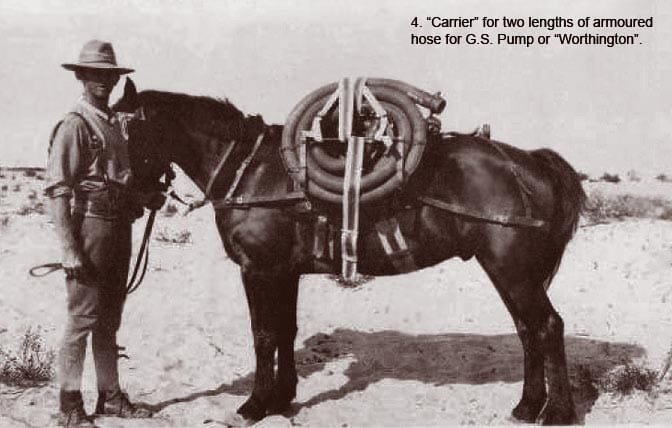
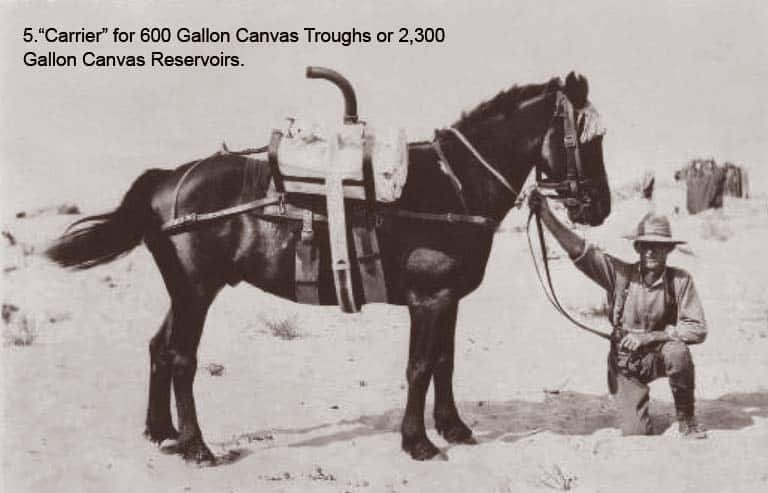
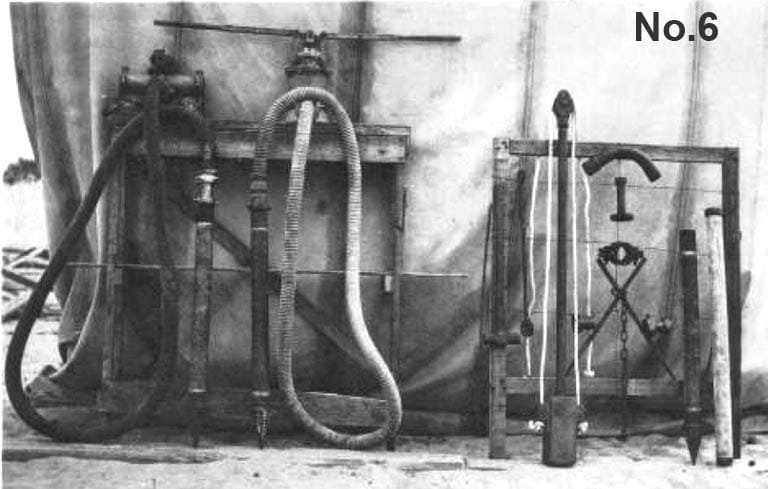
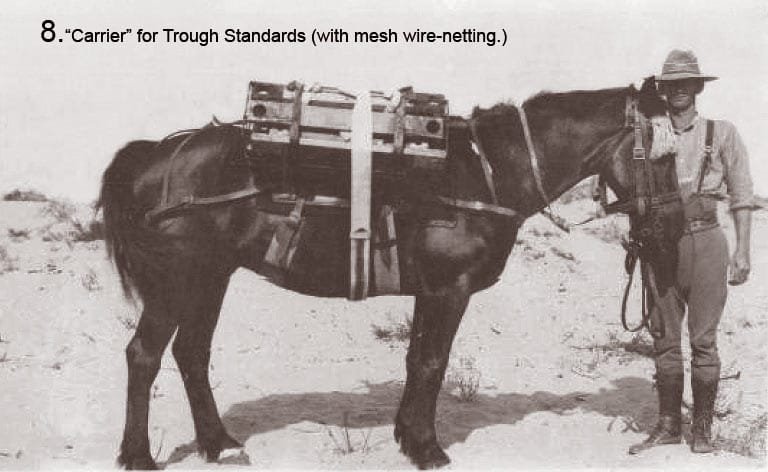
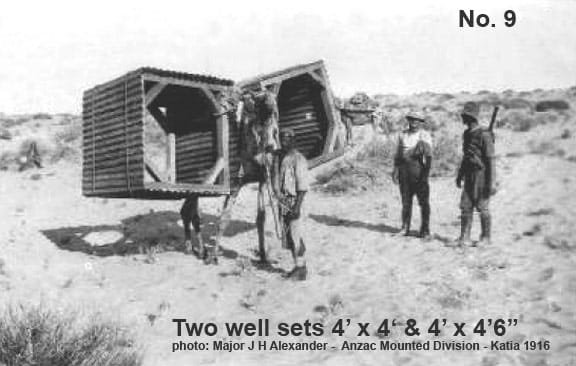
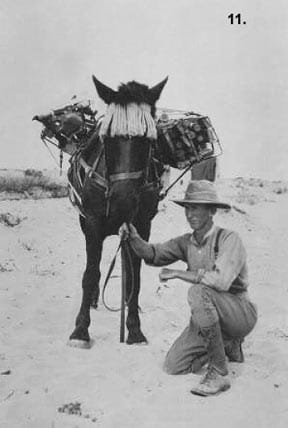
Having looked at all of these photos it does appear that all of the loads are fitted to the standard General Service Pack Saddle with only slight additional modifications such as additional straps and extra surcingles. Also the loads – with the exception of the Well Set load – all look very manageable and balanced.
While his developments and creation were put in place for the Sinai campaigns in 1916, they would proved invaluable for the campaigns at Gaza and Beersheba in 1917 and would become essential equipment of the Royal Engineer Field Troops attached to all of the Mounted units of the Egyptian Expeditionary Force.
Authors Note – I first came across Major Alexander RE and his work in 2016 when researching the work of the RE mounted Troops in the wider Middle East. I came across a New Zealand Website which gave the details of Maj Alexander’s background being of Irish and New Zealand extraction. The majority of the images of the pack horse loads are from that website, unfortunately the website no longer seems to be available as I would like to give credit to that site as it provided a big chunk of the information that I used in my original facebook post on this topic and provided the basis for this blog post.
If anyone knows if the New Zealand website has moved to a new address then please let me know as I would like to provide a link to it and to give it the credit for setting me off in the right direction with this research. Regards Will Mac
